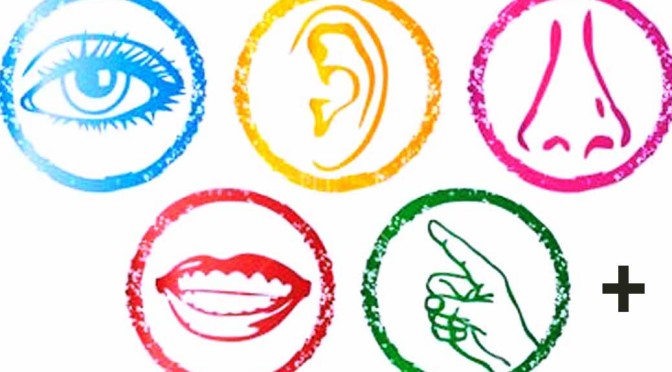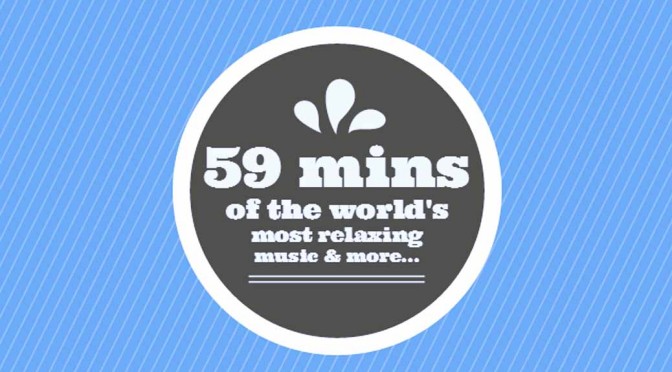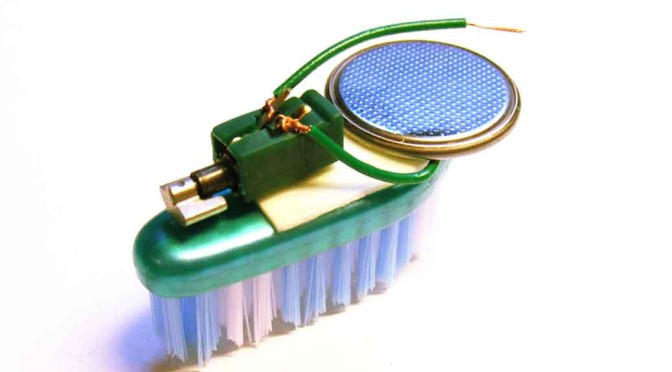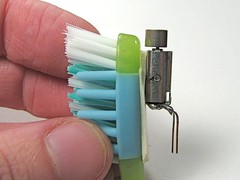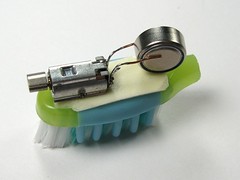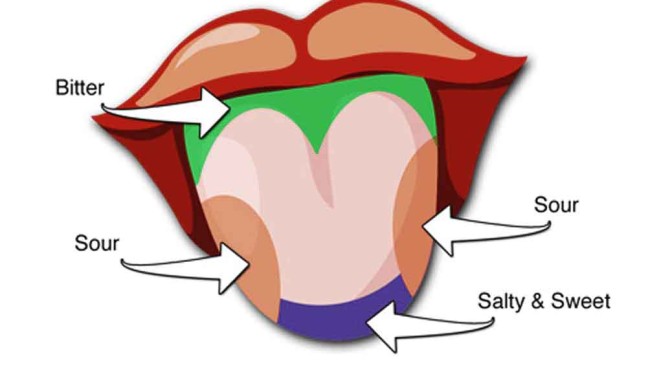By Anupum Pant
Do this. Close your eyes and try to touch the tip of your nose with an index finger. If there’s nothing wrong with you, you’ll do it right. Even with no lights on, when you can see nothing at all, you’ll be able to put food exactly in your mouth. What explains this ability. None of the 5 senses are primarily involved here. There are a couple of other senses too which justify the amount of fantastic things our bodies can do.
At school I was taught, “there are five senses” – Sight, hearing, taste, smell, touch. No one ever mentioned anything more than that. Five was the number, and since it could get you demoted, scared, I never dared to question the traditional textbook science. Turns out, just like I was lied about the tallest mountain, carrots, taste areas and several other things, I just discovered that, for all my life, I had been lied about one more thing. About the number of senses.
Let’s keep aside animal senses today and see what we’ve missed in school that has to do with just human senses. Beyond the five senses we were taught about, there are at least 10 more senses that every healthy human being has. Ten, or at least a handful of them should probably be mentioned somewhere in the school textbooks to give kids the picture of what a sense exactly is. In fact, some put the number of senses humans have to as high as 21.
Kinesthesia: The one sense that I was talking at the start of this article allows you to remain precisely aware of every little muscle and joint movement. As a result, you are able to locate parts of your body without seeing or involving any of the 5 traditional senses. Let’s call it the 6th sense.
Skin Sensors: Our skins are responsible to make us feel the touch. But, the skin is in fact, much more complicated than that. The skin has at least five different kinds of specialized nerve endings. Taken one at a time, these allow you to feel pain, heat (temperature), cold (temperature), itch and pressure. So, you can count each one of them as a different kind of sensor. Consequently adding 4-5 more senses to our list.
Balance: In the presence of good amount of gravity, our bodies are naturally able to tell “Up” from “Down”. In simple words, on the earth, we are able to stand up and balance ourselves. The inner ear makes this possible. That is another sensor. You’d count it as one when you put it in a robot, but not when it is present in the human body?
Just to add, being able to perceive time is another beautifully complex sense.
And there are a couple of others too. That said, clearly, humans don’t just have 5 senses. There are more.
